Digging deeper and deeper into all the matters of life is a commonplace practice among human beings. But at certain points of these investigations, we are met with walls across which nothing is decipherable. Such is the study of life after death. Many of our ancestors tried to make sense of what is on the other side. In doing so, they have helped us get a glimpse of the ardent need of humankind to ensure comfort for their loved ones even in the realm of the unknown by how they have been buried and with what provisions. Here are some facts about funerals for you to experience the unnerving desire in humans to remain connected to the people they love.
13 Fascinating Facts about Funerals
1. The usage of the word ‘funeral’ first came to be in the 1300s

Geoffrey Chaucer, also known as the father of the English language, is credited with being the first person to use the word ‘funeral’. He first used it in writing his Middle English work ‘The Knight’s Tale’, published in 1386, in which he refers to a ‘funeral servyse’ after the death of a character.
2. The ceremony of Cremation has been in existence since the days of the Stone Age.

It’s an agreed belief among scholars that Cremation most likely began in any concrete manner during the early Stone Age (around 3000 B.C.) in Europe and the Near East. Before 1800, two instances of cremation came to light but it actually began after Dr Julius LeMoyne built the first crematory in Washington, Pennsylvania, in 1876.
3. To mark the places where our dead are buried seems to be a human instinct predating recorded history.

Different styles of gravestones can be traced back to different origins. The European and American colonial churchyard burial grounds probably influenced the origination of the common upright headstone that evolved to resemble the headstones of present times with details of the deceased’s life engraved on the stone.
4. The loudness of funerals once used to equate to wealth in Ancient Roman funerals.

Romans held processions similar to the traditional processions we have today, to honor their dead. The larger and louder the procession was, the more affluent and influential the dead was supposed to be. So, to maintain their status and subsequent appearances, people were hired and paid to act like mourners.
5. Wearing black to a funeral dates back to Roman times.
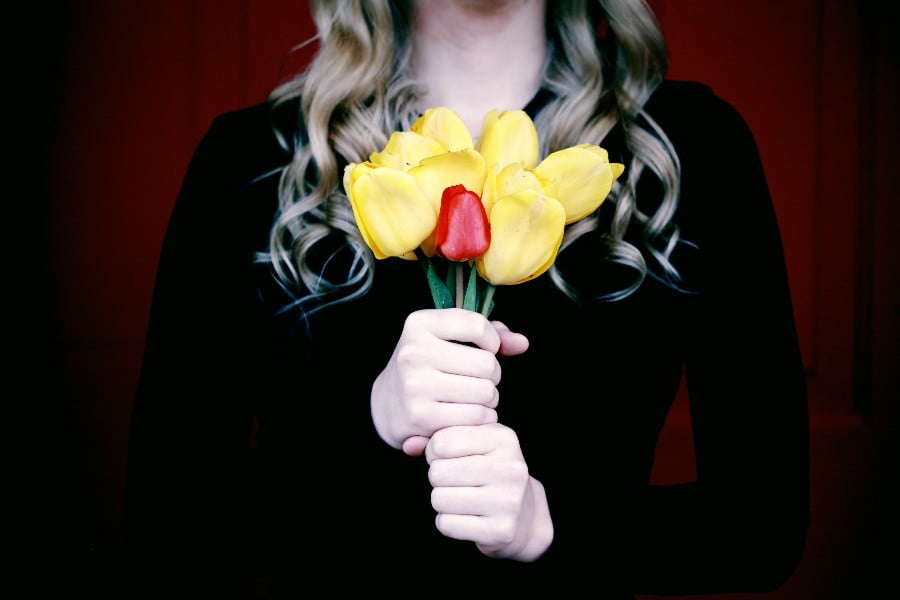
The custom of being dressed in black while attending a funeral can be dated back to the Roman period when people would put on a dark toga (known as a toga pulla) when a loved one died. Victorians also favoured black as the colour of mourning, making it a lasting tradition in British history.
6. Rosemary was preferred over flowers in the olden days.

Just like mourners carry roses to burials to cast onto coffins today, people used to carry rosemary earlier. It was supposed to symbolize eternal life as an evergreen plant that was also helpful in concealing the odors of the dead.
Read also – 14 Facts about Shahid Kapoor
7. Black attire for funerals has been prevalent since Roman times
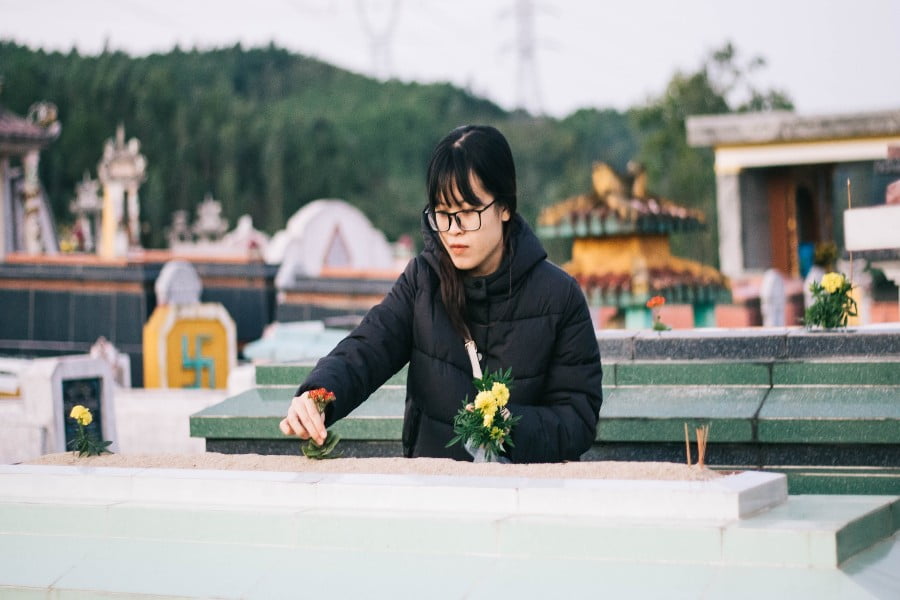
The custom of dressing in all black for funerals is thought to have originated during the Roman era, when mourners would don a toga pulla (a dark toga) in honour of a loved one who had passed away. This custom remained throughout British history, with the Victorians favouring the black as the colour of mourning.
8. Some prehistoric societies defleshed the bones
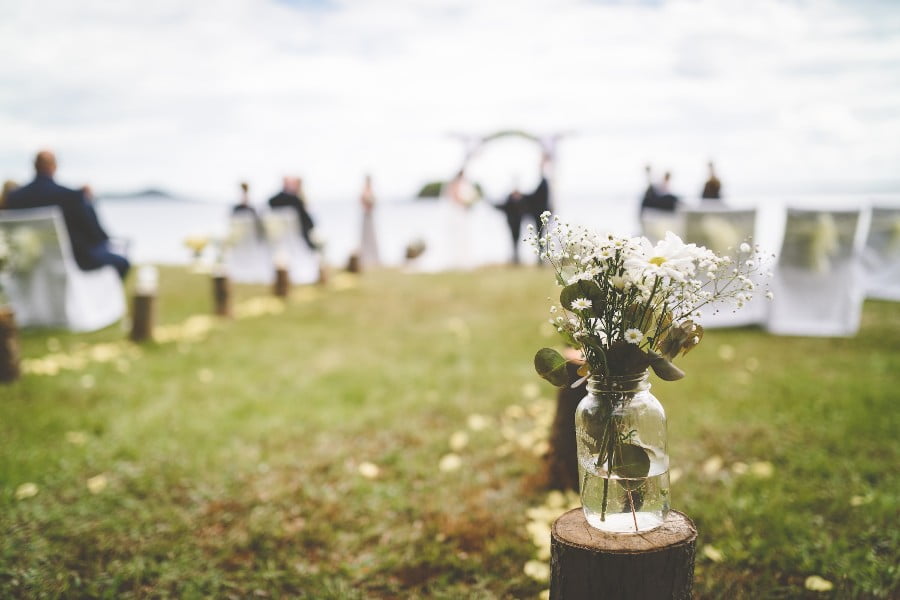
Sharp knives were used in this process. And the reason we can say this is because human skeletons discovered during this time period have numerous cut marks on their skulls, limbs, and other bones.
By dismembering the body and boiling the parts, bodies from the mediaeval era that needed to be transported across vast distances for burial were also rendered defleshed. The soft tissues were buried near to the scene of death while the bones were carried.
9. Throwing spears at the dead
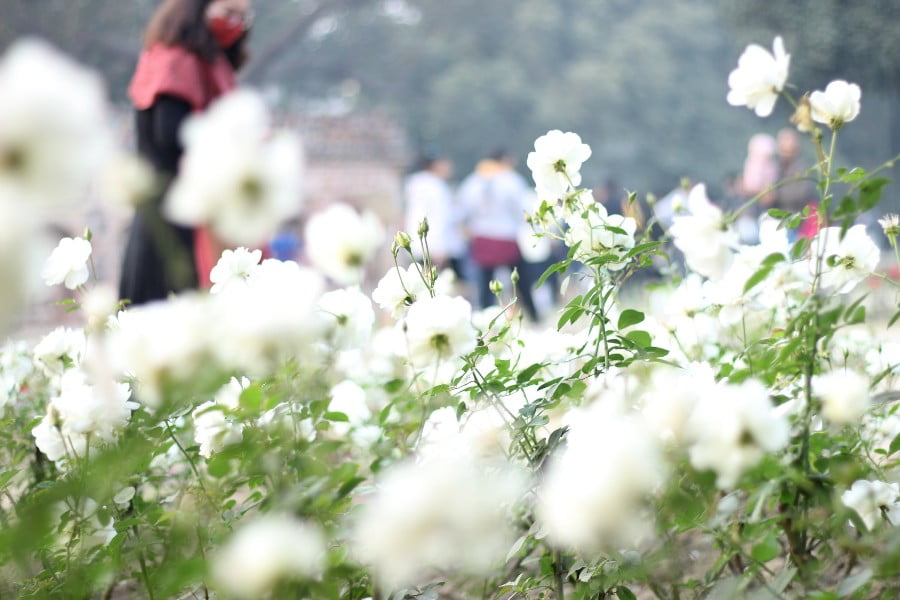
“Speared-corpse” burials were a major thing in east Yorkshire during the Middle Iron Age. Some young men had spears thrown at them or placed in their graves; in a few cases, it appears the spears were hurled hard enough to puncture the body. Although the purpose of this is unknown, it might have been a military send-off similar to the 21-gun salute at contemporary military funerals.
10. The Romans introduced gravestones
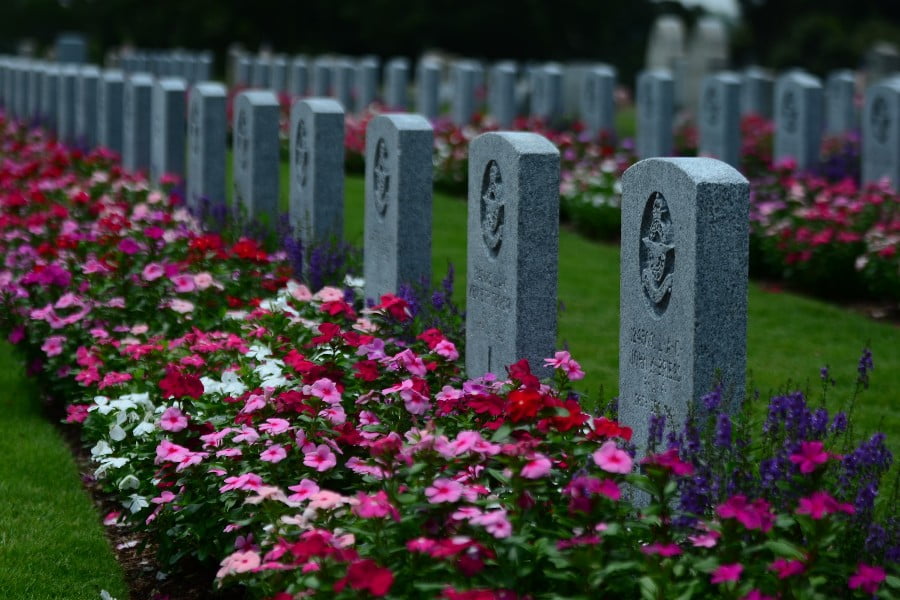
The first gravestones in Britain were mostly found around Roman military forts and more developed Romano-British villages. Back then, gravestones for women and children were more common than those for Roman troops. This was most likely caused by the fact that Roman soldiers were forbidden from getting married, therefore memorials to their departed loved ones helped to validate their connections in death in a way that life could not. Gravestones lost popularity once Roman rule in Britain ended in the fifth century, and they didn’t acquire widespread appeal until the modern era.
11. Urns were favoured by the Anglo Saxons

Cremated remains were frequently held within the community for a while before burial during the early Anglo-Saxon era. This is evident from the fact that urns were occasionally buried in groups. The deceased, who were probably their relatives, had their urns buried together as well.
12. Several persons shared a coffin

Many parish churches in the mediaeval era featured communal coffins that could be rented or borrowed to transfer the corpse from the house to the churchyard. The body would be taken out of the casket when they got to the graveside and placed in a simple shroud.
13. A murderer’s touch was believed to have healing powers
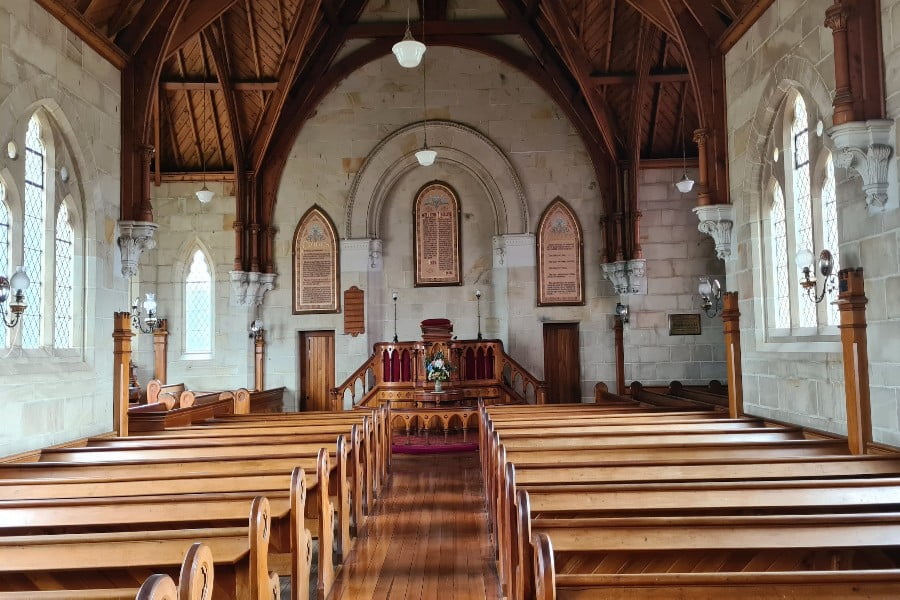
The idea survived at least through the middle of the 19th century that any sickness could be cured by the touch of a hanged murderer in early modern countries. People with the illness would attend executions in the hopes of experiencing the “death stroke” of the condemned prisoner.
Often with death comes liberation and peace. To memorialize this passing away of the ever-persisting pain of loss tinged has been done since time immemorial in the form of funerals. Funerals give people an opportunity to have a last moment with those who met an unexpected end, to accept someone’s passing away by bidding them a final goodbye. It gives people an opportunity to realize that your sorrow and the feeling of hollowness is not yours alone, but the aching bone of many who loved someone you loved as well.
Read also – 20 Fun Facts About Chewing Gum